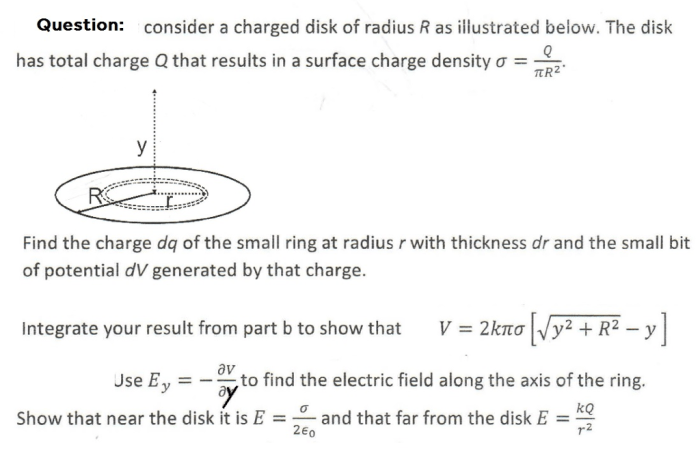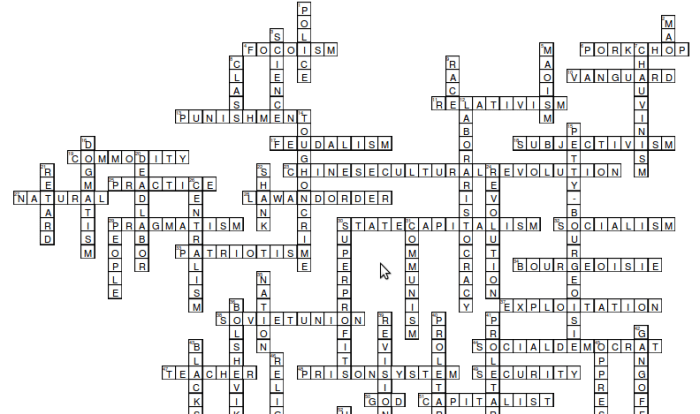A disk with a radius of 0.1 m is spinning – A disk with a radius of 0.1 m spinning introduces a captivating exploration of physical properties, rotational motion, and energy considerations. This discussion delves into the intricate relationship between the disk’s dimensions, its spinning motion, and the energy associated with its rotation, providing a comprehensive understanding of this intriguing phenomenon.
The disk’s physical properties, including its radius, circumference, area, and volume, lay the foundation for understanding its rotational motion. Angular velocity, the rate at which the disk spins, and centripetal acceleration, the force that keeps the disk moving in a circular path, are key concepts in analyzing the disk’s spinning motion.
Physical Properties: A Disk With A Radius Of 0.1 M Is Spinning

A disk with a radius of 0.1 m possesses several fundamental physical properties. These properties govern its geometric dimensions, area, and volume.
Circumference
The circumference of the disk is the length of its outer edge. It is directly proportional to the radius (r) and is calculated using the formula: Circumference = 2πr. For a disk with a radius of 0.1 m, the circumference would be 0.628 m.
Area
The area of the disk represents the surface area enclosed within its perimeter. It is determined using the formula: Area = πr². For a disk with a radius of 0.1 m, the area would be 0.0314 m².
Volume
The volume of the disk is the amount of three-dimensional space it occupies. Since a disk has no thickness, its volume is considered negligible and is typically not calculated.
Rotational Motion
When a disk with a radius of 0.1 m is set into rotation, it exhibits specific characteristics related to its angular velocity and centripetal acceleration.
Angular Velocity
Angular velocity (ω) measures the rate at which the disk rotates about its axis. It is expressed in radians per second (rad/s). The disk’s angular velocity is inversely proportional to its radius. A smaller radius results in a higher angular velocity for the same rotational speed.
Centripetal Acceleration
As the disk rotates, the points on its surface experience centripetal acceleration (a c). This acceleration is directed towards the center of rotation and keeps the disk from flying apart. The centripetal acceleration is proportional to the square of the angular velocity and the radius of the disk: a c= ω²r.
Energy Considerations

The spinning disk possesses rotational kinetic energy (K rot) due to its motion. This energy depends on the disk’s mass (m), radius (r), and angular velocity (ω).
Rotational Kinetic Energy, A disk with a radius of 0.1 m is spinning
The rotational kinetic energy of the disk is calculated using the formula: K rot= (1/2)Iω², where I is the moment of inertia. For a disk, the moment of inertia is given by: I = (1/2)mr². Therefore, the rotational kinetic energy becomes: K rot= (1/4)mr²ω².
Factors Affecting Rotational Kinetic Energy
The rotational kinetic energy of the disk is directly proportional to its mass, the square of its radius, and the square of its angular velocity. A heavier disk, a larger radius, or a higher angular velocity will result in a greater rotational kinetic energy.
Applications

Disks with a radius of 0.1 m find applications in various fields, where their physical properties and rotational motion play crucial roles.
CD/DVD Players
In CD/DVD players, a disk with a radius of 0.1 m is used as the storage medium. The disk rotates at a high angular velocity, and data is read or written using a laser beam.
Industrial Machinery
Disks with a radius of 0.1 m are employed in industrial machinery as flywheels. Flywheels store rotational kinetic energy and help maintain a constant rotational speed in machinery, reducing fluctuations and ensuring smooth operation.
Robotics
In robotics, disks with a radius of 0.1 m are used in the construction of joints and actuators. The disk’s rotational motion allows for precise control of movement and positioning.
Clarifying Questions
What is the circumference of a disk with a radius of 0.1 m?
Circumference = 2πr = 2π(0.1 m) = 0.2π m
What is the area of a disk with a radius of 0.1 m?
Area = πr² = π(0.1 m)² = 0.01π m²
What is the volume of a disk with a radius of 0.1 m?
Volume = (4/3)πr³ = (4/3)π(0.1 m)³ = 0.004π m³
